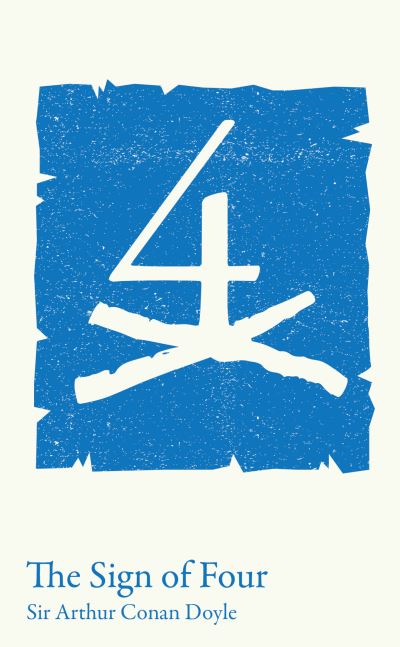The Sign of Four Synopsis
Exam board: AQA
Level & Subject: GCSE English Literature
First teaching: September 2015
Next exam: June 2025
This edition of The Sign of Four is perfect for GCSE-level students: it comes complete with the novel, plus an introduction providing context, and a glossary explaining key terms.
'Moonlight was streaming into the room, and it was bright with a vague and shifty radiance. Looking straight at me and suspended, as it were, in the air, for all beneath was in shadow, there hung a face…'
A mysterious letter, a missing father, stolen jewels and a man found dead in a locked room. Private detective Sherlock Holmes and his faithful companion Dr Watson have their work cut out in a case which takes them through the suburbs of south London, back in time to the forts and swamps of colonial India, and climaxes in a dramatic chase along the river Thames.
Arthur Conan Doyle's 1890 novel is the famous detective's second case.
About This Edition
| ISBN: |
9780008325954 |
| Publication date: |
14th January 2019 |
| Author: |
Arthur Conan Doyle |
| Publisher: |
Collins an imprint of HarperCollins Publishers |
| Format: |
Paperback |
| Pagination: |
176 pages |
| Series: |
Collins Classroom Classics |
| Suitable For: |
|
| Other Genres: |
|
About Arthur Conan Doyle
Arthur Ignatius Conan Doyle was born on May 22, 1859, in Edinburgh, Scotland. The Doyles were a prosperous Irish-Catholic family, who had a prominent position in the world of Art. Charles Altamont Doyle, Arthur's father, a chronic alcoholic, was the only member of his family, who apart from fathering a brilliant son, never accomplished anything of note. At the age of twenty-two, Charles had married Mary Foley, a vivacious and very well educated young woman of seventeen.
Mary Doyle had a passion for books and was a master storyteller. Her son Arthur wrote of his mother's gift of "sinking her voice to a horror-stricken whisper" when she reached the culminating point of a story. There was little money in the family and even less harmony on account of his father's excesses and erratic behavior. Arthur's touching description of his mother's beneficial influence is also poignantly described in his biography, "In my early childhood, as far as I can remember anything at all, the vivid stories she would tell me stand out so clearly that they obscure the real facts of my life."
After Arthur reached his ninth birthday, the wealthy members of the Doyle family offered to pay for his studies. He was in tears all the way to England, where for seven years he had to go to a Jesuit boarding school. Arthur loathed the bigotry surrounding his studies and rebelled at corporal punishment, which was prevalent and incredibly brutal in most English schools of that epoch.
During those grueling years, Arthur's only moments of happiness were when he wrote to his mother, a regular habit that lasted for the rest of her life, and also when he practiced sports, mainly cricket, at which he was very good. It was during these difficult years at boarding school, that Arthur realized he also had a talent for storytelling. He was often found, surrounded by a bevy of totally enraptured younger students, listening to the amazing stories he would make up to amuse them.
More About Arthur Conan Doyle
